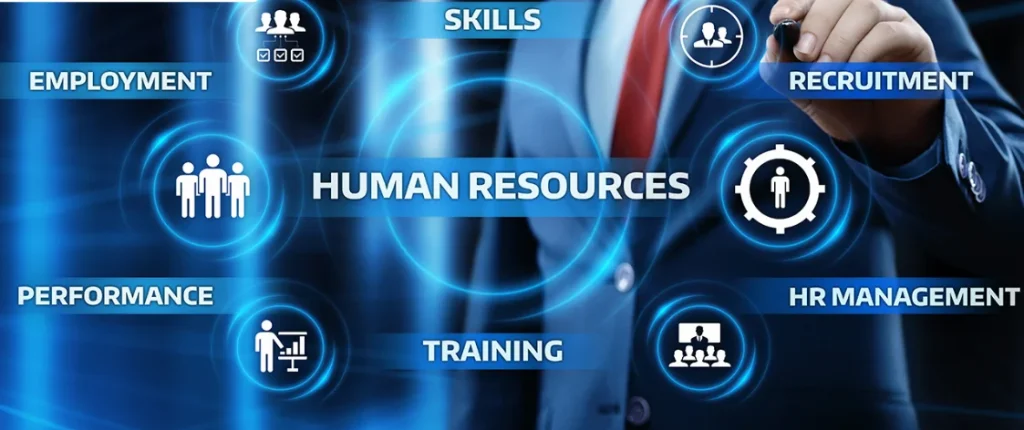In today’s fast-paced and competitive business environment, organizations are continuously seeking ways to enhance efficiency, reduce operational costs, and improve employee satisfaction. One critical tool that has revolutionized the way businesses manage their workforce is a Human Resource Management System (HRMS). In this blog, we will explore the benefits and features of an HRMS and how it can optimize various HR processes to achieve better results for the organization.

What is a Human Resource Management System (HRMS)?
A Human Resource Management System, often referred to as an HRMS or HR software, is a comprehensive platform designed to streamline and automate various human resource functions. These functions include employee data management, payroll processing, recruitment, performance management, training, and more. An HRMS integrates all these processes into a single system, allowing HR professionals to handle multiple tasks efficiently.
Key Features of an HRMS
2.1. Employee Database Management:
An HRMS stores essential employee information in a centralized database, enabling easy access to data like personal details, job history, performance records, and more. This feature eliminates the need for manual record-keeping, reducing the risk of errors and ensuring data security.
2.2. Payroll and Benefits Administration:
Automating payroll processes through an HRMS streamlines salary calculations, tax deductions, and benefits management. This results in accurate and timely salary payments, reducing payroll-related discrepancies and ensuring employee satisfaction.
2.3. Recruitment and Onboarding:
HRMS tools simplify the recruitment process by allowing HR teams to post job vacancies, track applicants, and schedule interviews within the system. Additionally, onboarding new employees becomes more efficient, enhancing the overall experience for new hires.
2.4. Performance Management:
Performance appraisal becomes more transparent and streamlined with an HRMS. Managers can set goals, track progress, and provide feedback in real-time, promoting employee development and engagement.
2.5. Training and Development:
HRMS platforms often include learning management systems (LMS) that facilitate training and development programs. Employees can access training materials and courses online, enhancing their skills and knowledge.
Benefits of Implementing an HRMS
3.1. Increased Efficiency:
By automating time-consuming HR tasks, an HRMS frees up HR professionals to focus on strategic activities. This boosts overall efficiency, leading to better productivity and business outcomes.
3.2. Data Accuracy and Compliance:
Centralizing employee data in an HRMS ensures data accuracy and minimizes the risk of data breaches. Additionally, the system can help organizations stay compliant with labor laws and regulations.
3.3. Improved Employee Experience:
A streamlined HRMS leads to a more positive employee experience. Simplified processes, self-service options, and timely access to information enhance employee satisfaction and engagement.
3.4. Data-Driven Decision Making:
An HRMS generates insightful reports and analytics, providing HR leaders with valuable data to make informed decisions. This data-driven approach can significantly impact talent management and organizational growth.
Conclusion
In conclusion, a Human Resource Management System is a powerful tool that can revolutionize the way organizations manage their workforce. By automating HR processes, improving data accuracy, and enhancing employee experiences, an HRMS contributes to increased efficiency and better overall business results. Embracing this technology is a strategic move that can give businesses a competitive edge in the market while nurturing a thriving work environment.


Scope Thinkers Private Limited is a software development company with professional expertise. We have a highly talented and dedicated development team with 100% commitment to rendering the best technical services to our clients.